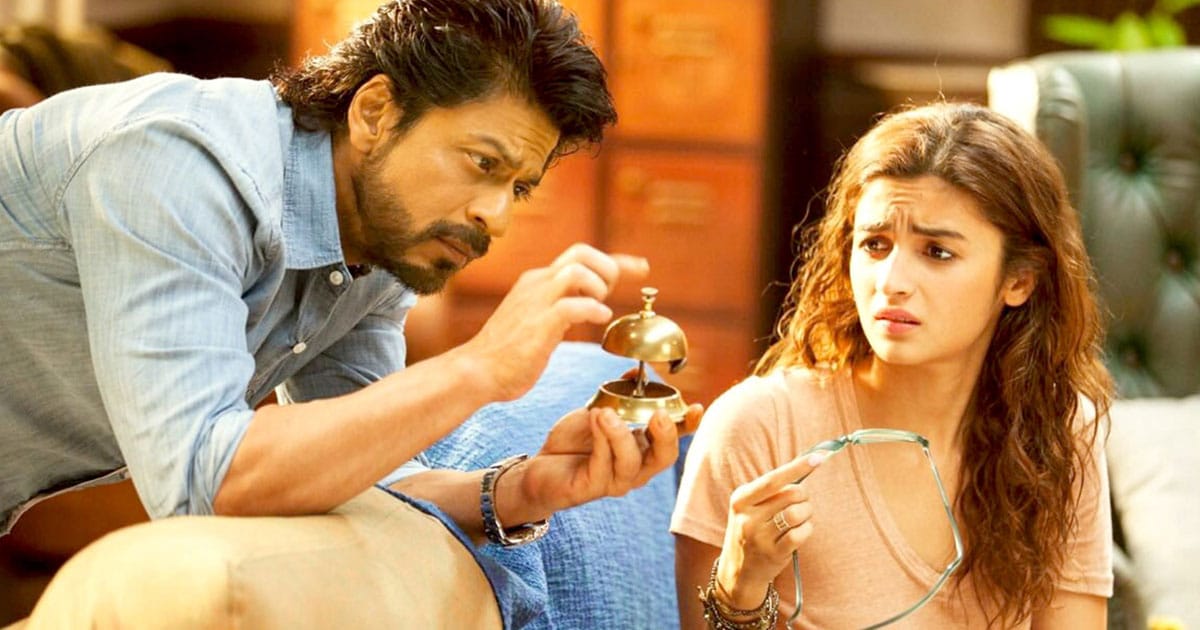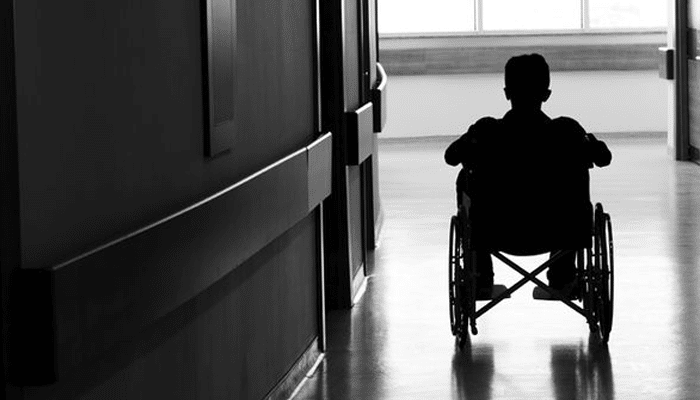“The purpose of art is washing the dust of daily life off our souls,” – Pablo Picasso.
Cinema, Art, and Cultural activities have long been recognized as powerful mediums that evoke emotions, challenge perspectives, and inspire introspection. Beyond mere entertainment, they possess a unique ability to heal the human spirit.
Let’s delve into the profound impact of engaging in cinema art and cultural activities on the individual, exploring how they can foster personal growth, emotional catharsis, and connection to create a transformative and therapeutic experience.
Catharsis and Emotional Release
Cinema and Art provide a safe space for emotional release, allowing individuals to connect deeply with their feelings and experiences. Through relatable narratives and visual representations, they reflect life’s struggles and triumphs. When confronted with the trials of the human condition, art allows individuals to process their emotions, providing a cathartic release.

It helps individuals face their fears, grieve their losses, and experience empathy, ultimately leading to healing and growth. Whether shedding tears during a poignant film or finding solace in a painting, connecting with art can be profoundly therapeutic, offering a temporary respite from life’s challenges.
Escapism
Cinema and Art serve as a potent escape from the pressures of daily life. They transport individuals to different worlds, cultures, and periods, allowing them to disconnect from their realities temporarily. This escape provides solace and relaxation, enabling individuals to recharge and rejuvenate their mental and emotional well-being. By immersing themselves in fictional narratives or mesmerizing artworks, individuals can find a refuge where their minds can wander, dream, and find inspiration.
Moreover, cinema and art foster empathy by inviting viewers to step into the shoes of others. They depict diverse perspectives, struggles, and triumphs, breaking down barriers and promoting understanding. By experiencing art that reflects different cultures, identities, or struggles, individuals gain a deeper appreciation for the richness and complexity of the human experience. This enhanced empathy cultivates personal growth and helps forge stronger connections with others, fostering a sense of unity and collective healing.
Reflection and Self-Discovery
Cinema and Art prompt introspection and self-discovery by raising thought-provoking questions and challenging existing beliefs. Engaging with artistic works stimulates the mind, inviting viewers and audiences to contemplate their values, biases, and life choices. Through the visual language of film or the symbolism of art, individuals are encouraged to reflect on their identities, desires, and purpose in life.
Artistic creations often serve as mirrors, allowing individuals to see themselves more clearly. They offer a platform for introspection, enabling individuals to confront their fears, desires, and insecurities. Individuals can better understand themselves by engaging with art, fostering personal growth and self-acceptance. This process of self-reflection can be transformative, leading to increased resilience, improved mental well-being, and a greater sense of purpose.
Cultural Experiences as Bridges of Empathy
Cultural experiences expose us to different perspectives, stories, and traditions, breaking down barriers and fostering understanding. By immersing ourselves in the artistic expressions of others, we expand our worldview, challenge biases, and develop a deeper appreciation for diversity.
Cultural practices, rituals, and festivals often involve artistic expressions that inspire and heal. These celebrations unite people, encouraging a sense of community and shared identity. They provide an opportunity for individuals to reconnect with their heritage, engage in joyful activities, and celebrate the richness of their culture.
Furthermore, cultural diversity inspires creativity and broadens perspectives. Exposure to different cultures and their artistic expressions can challenge preconceived notions, promote understanding, and foster empathy. It opens up avenues for dialogue, collaboration, and appreciation of the beauty found in our differences.
India’s rich artistic heritage is marked by the brilliance of its artists, who have used cinema, art, and culture as vehicles for healing and inspiration.
Satyajit Ray
The legendary Indian filmmaker explored the complexities of human emotions and societal issues through his masterful films. His acclaimed “Apu Trilogy” delves into the life journey of a young boy named Apu, capturing the essence of hope, resilience, and self-discovery. Ray’s films, including “Pather Panchali” and “Charulata,” touched hearts globally, addressing themes such as poverty, familial relationships, and the pursuit of dreams.
Ravi Shankar
The legendary sitar maestro Ravi Shankar brought healing through his soul-stirring music. His compositions seamlessly blended Indian classical music with elements of spirituality, offering solace and tranquillity to listeners worldwide. Shankar’s performances and collaborations with Western artists like George Harrison introduced Indian classical music to a global audience, spreading its healing vibrations far and wide.
MF Husain
Maqbool Fida Husain, commonly known as MF Husain, was a prolific Indian painter who used his art to catalyze social change. Through his paintings, he tackled themes such as poverty, political unrest, and cultural diversity. Husain’s works became a medium for raising awareness, provoking dialogue, and inspiring action, making him a powerful agent for healing and transformation.
Raja Ravi Varma
An influential Indian painter who merged traditional Indian art forms with European techniques, revolutionizing the Indian art scene. His iconic paintings, such as “Hamsa Damayanti” and “Shakuntala,” beautifully portrayed mythological characters, evoking a sense of wonder and spiritual connection. Varma’s art continues to inspire and heal, inviting viewers to explore the realms of mythology, beauty, and the human experience.
Rabindranath Tagore
The polymath and Nobel laureate left an indelible mark on Indian culture through his poetry, music, and writings. Tagore’s poetry, including his collection “Gitanjali,” celebrates the beauty of nature, love, and spirituality, providing solace and inspiration to readers worldwide. Additionally, his contributions to the development of Visva-Bharati University fostered an environment where art, culture, and education were intertwined, promoting holistic growth and healing.
Western artists have also contributed significantly to the healing power of cinema, art, and culture, using their creative prowess to inspire and transform lives.
Frida Kahlo
The Mexican artist created profoundly introspective and emotionally charged artworks that transcended physical and emotional pain. Through her self-portraits, Kahlo explored themes of identity, feminism, and human suffering. Her paintings, such as “The Two Fridas” and “The Broken Column,” expressed her experiences with chronic pain and emotional turmoil, offering solace to others facing similar struggles and challenging societal norms.
Bob Dylan
An iconic American musician and songwriter used his music as a medium for social commentary and healing. His influential songs, such as “Blowin’ in the Wind” and “The Times They Are a-Changin’,” became anthems of the civil rights and anti-war movements, inspiring generations to fight for justice and equality. Dylan’s poetic lyrics and soul-stirring melodies continue to resonate with audiences, providing a sense of hope and healing.
Vincent van Gogh
His remarkable body of work, characterized by vibrant colors and emotionally charged brushstrokes, is a testament to art’s healing power. Despite his personal struggles, van Gogh used painting as a catharsis, expressing his inner turmoil while evoking viewers’ empathy. His paintings continue to inspire and provide solace, reminding us of the transformative nature of artistic expression.
Ai Weiwei
This Chinese contemporary artist and activist utilize his art to challenge social and political injustices. Through his installations, sculptures, and provocative artwork, Ai Weiwei addresses issues such as human rights, censorship, and government oppression. His art acts as a medium for raising awareness, sparking dialogue, and inspiring collective action. Ai Weiwei’s courageous artistic expression inspires others to use their creative voice to confront systemic problems and promote healing within societies.
Cinema, Art, and Culture possess a unique ability to heal, providing catharsis, fostering empathy, and prompting self-discovery. Through emotional release, escapism, and reflection, these mediums offer solace, inspiration, and personal growth. They help individuals navigate the complexities of life, providing a sense of connection, understanding, and healing.
In a world where individuals are constantly confronted with challenges, cinema, art, and culture serve as invaluable tools for self-care and well-being, and enrich our lives profoundly.



